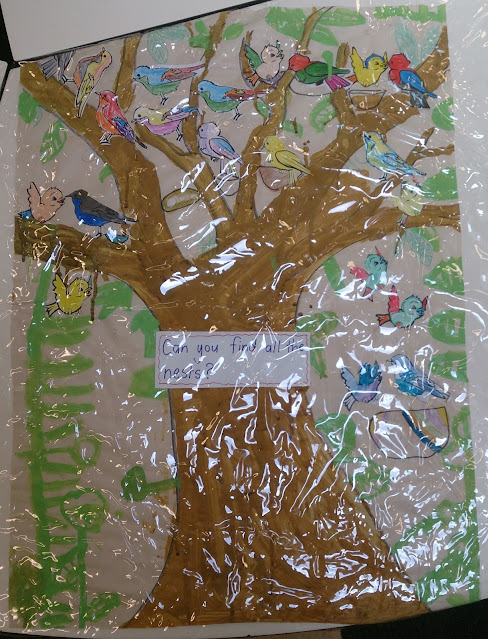Pond small world play
A small world play using several different sets put together. It took a little bit of creativity and using whatever we could find in the storeroom that would be relevant. We usually use this table for construction type resources as the tub in the middle is great for easy storage but I thought it would perfect for a pond. We'll see how it looks after the first session 🤣 These things always end up a mess but you hope that even for a short while, some children have engaged in thoughtful and creative play.









